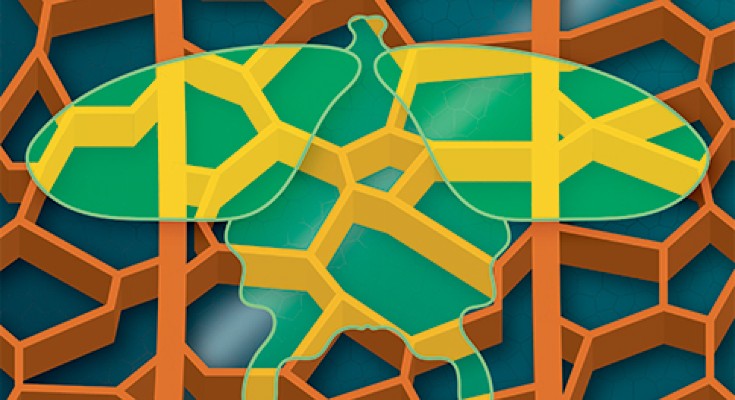
April issue is out!
Launched in January 2024, Nature Reviews Electrical Engineering is an online-only reviews journal aiming to cover the breadth and depth of modern electrical engineering and electronics.

Launched in January 2024, Nature Reviews Electrical Engineering is an online-only reviews journal aiming to cover the breadth and depth of modern electrical engineering and electronics.

Since the most advanced nodes in silicon are reaching the limits of planar integration, 2D materials could help to advance the semiconductor industry. With the potential for use in multifunctional chips, 2D materials offer combined logic, memory and sensing in integrated 3D chips.